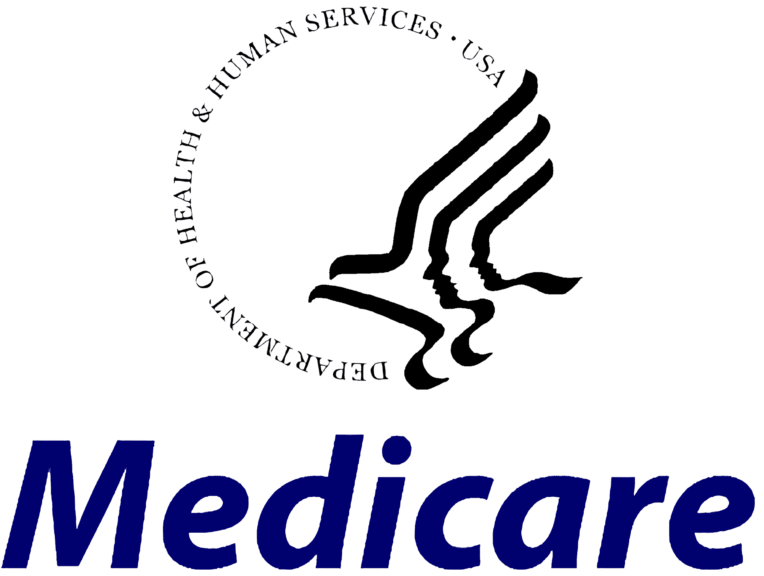We also treat many other types of pain. Pain associated with peripheral neuropathy, migraine and chronic headache pain, knee pain, and more. We are very proud of the success stories we are able to share with you. Don’t take our word for it; listen to the life-changing benefits patients are experiencing from our treatments!
We accept all major insurances
Enter your details to begin your journey with us


















